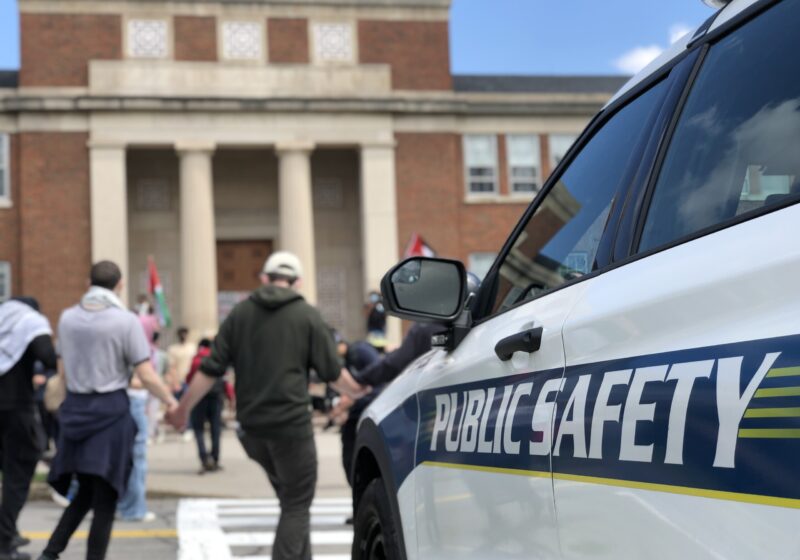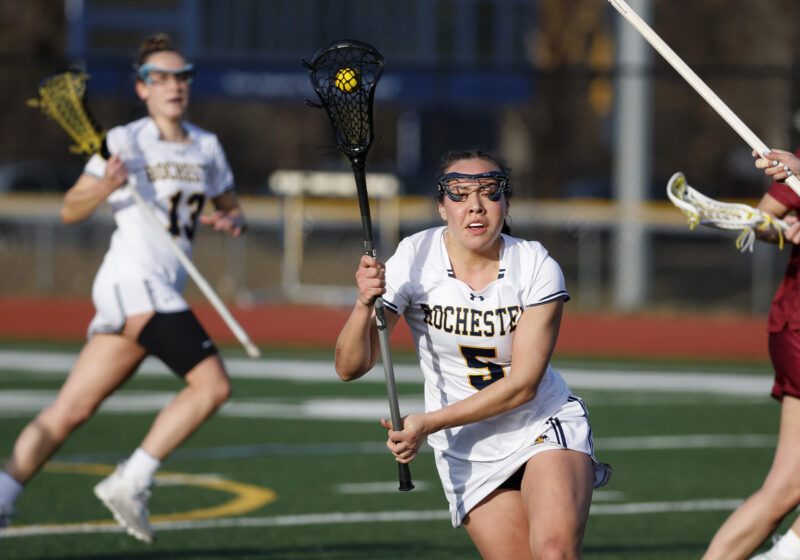In a lecture to business students in 1998, Warren Buffet described the importance of character over other factors in looking for those who would truly succeed and whom to hire. He cited a business associate, Pete Kiewit, who looked for three factors in hiring “integrity, intelligence and energy” and integrity is most important because a person who lacked integrity could ruin his business, his life.
As a parent on the verge of, in effect, hiring a university to educate my child, it is important to also ask what values does this organization have? Is it not only full of energetic, intelligent people, but also does it value and uphold an open, ethical academic environment without compromise?
Very commonly, a person’s or an institution’s character is not revealed by their successes, but by how they handle failures.
Any institution is vulnerable to have a person of questionable integrity, but how does the institution handle the matter? Is that institution striving in their hiring or admissions process to look for clues a person will compromise ethical standards for short term success? What does that institution do when questionable practices are taking place? How does that institution set the standard for students who will soon venture into the worlds of business, academia, or government? Does the institution openly and deeply seek the truth in the matter and demand the highest standards of behavior or does it place a veneer of resolution over the transgressions while they continue to fester?
In this regard, it is disappointing to me how the University has handled the case of Associate Professor Ranga Dias.
- Analysis of Dias’s Ph.D. dissertation shows over 20% of the text is lifted from other sources, according to Science.
- An examination of websites that Dias maintains about his work also shows plagiarism from other sources, including a University of Washington researcher.
- A paper in ArXiv by Dias and Ashkan Salamat describes their methods claiming, “in our susceptibility measurements…” and proceeds to lift text directly from the thesis of James Hamlin.
- A paper in Physical Review Letters (PRL) uses curves Dias presented in his thesis as belonging to GeSe4 but instead claims they are measurements for a different material, MgS2. Even one of the co-authors requested the paper be retracted, as shown here and here.
- Dias has also claimed to have raised $20 million for his startup from high profile series A investors only to have a spokesman backtrack and state that no money had been raised.
According to an article published by the American Physical Society, the University of Rochester says, “Dr. Dias has taken responsibility for these errors and is working with his thesis advisor […] to amend the thesis.”
The pattern of plagiarism and misrepresentation does not suggest simply making a careless omission of a reference or two that requires a mere typographical change to fix, but a lack of honesty that is deeper. Dias is claiming he did something, but then he is using others’ words to describe what he did, and using data previously attributed to different materials and he has made false public claims about the financial state of his company.
Additionally, Dias is not forthright and appears to be creating his own reality in his recent publications:
In 2020, Dias and colleagues made a claim of room temperature superconductivity in a paper that was subsequently retracted. A retraction by itself, of course, does not necessarily mean the errors were intentional. There may have been a subtle aspect to the experimental method overlooked which led the researchers astray or there may be a more mundane error in a derivation or processing of the data or simply not enough evidence to draw their conclusions.
But especially when making bold, unprecedented claims, there should be a reflexive instinct towards openness to outside analysis, to providing a full set of all the original data and detailed explanation of the authors’ analysis and measurement methodology for peer review. Instead, it took over a year before Dias and his colleagues disclosed one set of raw data – not all of it. Analysis of that data (based on noise signatures in the reported signal and raw data) by Dirk Van der Marel showed that rather than signal being derived from the raw data and background, the raw data was calculated based upon the signal and a background. In other words, it appears the “raw” data might not have been measured at all; it was concocted after the fact based on the previously published curves in an attempt to satisfy reviewers. Oddly enough, those curves appear to resemble that of another material (europium) from a paper (not authored by Dias) that was later retracted.
The authors claim the electrical resistance data from their retracted 2020 paper was not questioned and continue to cite their retracted work in a recent presentation and publication, but they refused to provide that set of raw data, according to James Hamlin, who had to extract the data from figures and subsequently found oddities that Dias said were due to a “smooth background” – although background subtraction was not needed for those measurements.
When published scientific results are stolen or at worst fabricated, it erodes credibility of many more researchers and the credibility of peer reviewed journals; it means public funds for research were wasted and the effort and careers of those under such principal investigators were wasted. It can make receiving funding for related work harder in the future.
Even when fraud and plagiarism are not proven, but there exists a perception of wrongdoing, it can be very damaging to the scientific community. If U of R sees the issue has been addressed, then making the case against such claims requires doing so in an open manner subject to outside review to restore confidence and trust in the system.
The situation here not only reveals problems with Dias, but also the system that brought him in and supports him. I believe the University of Rochester can live up to its motto and do better.
Sincerely,
Eric Hegblom


